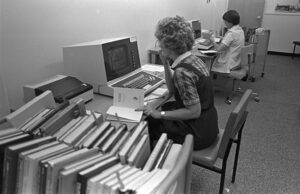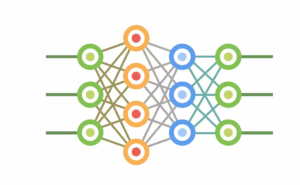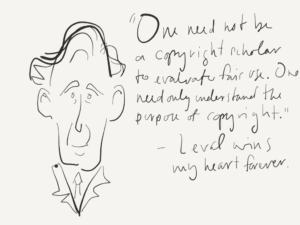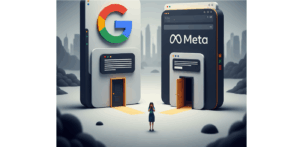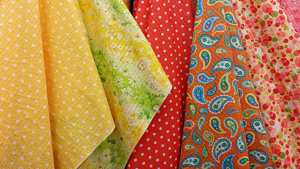Beyond the Exception: Licensing, Access, and the Realities of Text and Data Mining in the US, UK, and Singapore
This is a post by Syn Ong, AI Policy Researcher at Authors Alliance. Authors increasingly rely on text and data mining (TDM) to analyze large corpora across disciplines. Our new working paper, Beyond the Exception: Licensing, Access, and the Realities of Text and Data Mining in the US, UK, and Singapore, finds that formal legal permissions alone do not secure usable access for TDM research. Instead, usable access turns on how statutory rules interact with private licenses, platform architectures, and technological protection measures (TPMs).

